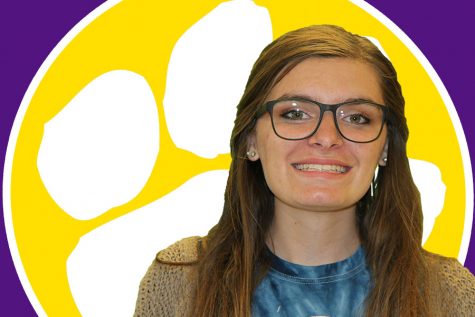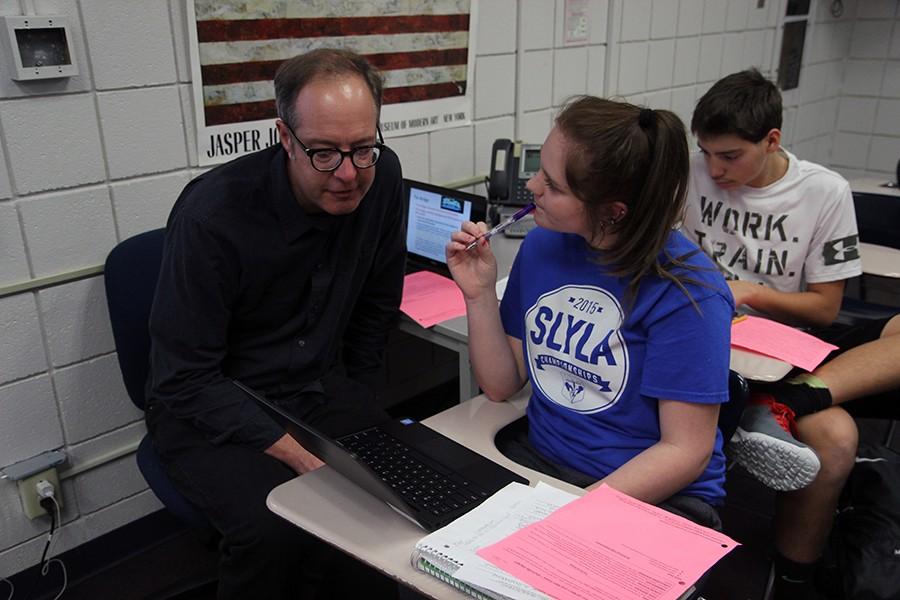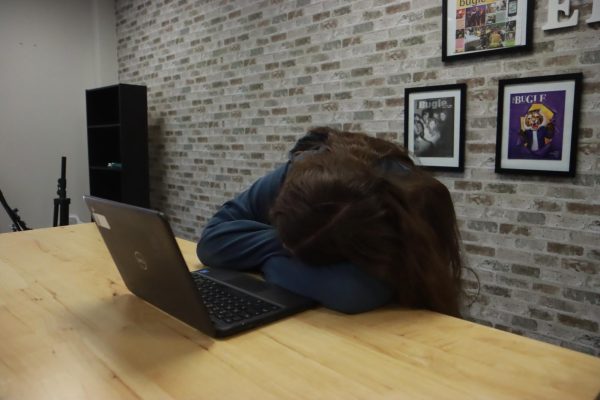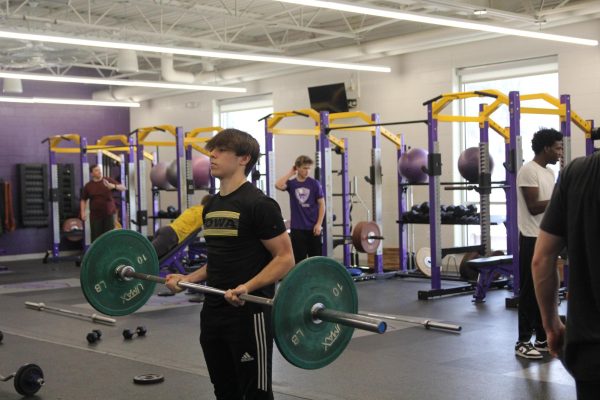Teacher talk
Teachers’ professional development focuses on heading off the struggle before it begins
Which school would you want to attend?
- The Charles Darwin School where the faculty believes that all students can learn…based on their ability.
- The Pontius Pilate School believes where the faculty believe that all students can learn…if they take advantage of the opportunity provided to them.
- The Chicago Cubs Fan School where the faculty believe that all students can learn…something, and we will help all students experience academic growth in a warm and nurturing environment.
- The Henry Higgins School where the faculty believe that all students can learn…and we will work to help all students achieve high standards of learning.
Share your preference by taking this Twitter poll.
By senior year, students have spent more than 2,100 days in classroom. That time is spent in the company of teachers and administrators.
Most of those adults have been teaching for at least a decade. The average length of careers for teachers at EHS is 12.5 years, according to the RSD website.
A decade ago, the world met Facebook for the first time. iPhones would not be introduced for another two years. The most used teaching tool in the classroom was the whiteboard.
These are exponential times. And the classroom is no stranger to that change, even if it’s teachers are.
“Teachers have been teaching the same way since I’ve started high school. I don’t think there is a change,” Daniel Damti (12) said.
Educators and scientists have collected a lot of data over the last decade on how students learn and how teachers can teach more effectively and address the sense of helplessness students can feel when they struggle with learning.
“If you fail a test, teachers go on with their lives and don’t really help you,” Damti said. “It’s on you. Some teachers will let you take a retake.”
Feeling like he’s on his own, this model of learning is The Pontius Pilate School approach to learning. Teachers provide the information, and the learning of it is up to the students.
RSD teachers and administrators are learning how to to better fit the needs of their students. This school-wide and district-wide training is called professional development. It is on-the-job instruction teachers receive to keep them up-to-date and maintain their education for their profession.
This year, RSD high school faculty are learning about something called Response to Intervention. The idea is an emphasis on what teachers can do for students when they don’t get “it” in the classroom.
“As things change in education, teachers are made aware of it and are given strategies on how to evolve with the change,” Mrs. Ann Gilman, principal heading the Response to Intervention efforts at EHS, said. “Professional development really does benefit the teachers. They have a better understanding of what the latest research tells us about how kids learn, how to best deliver information or if there are new initiatives through the government that we can convey that information.”
Mrs. Gilman, along with Mrs. Christine Ude, SSD coordinator, and Mrs. Mandy Kotraba, Science teacher, are coordinating efforts at EHS, holding meetings throughout the year to provide teachers and administrators with information regarding RTI. Those meetings are called Eureka Professional Learning Opportunities (ePLOs) and address a variety of learning topics.
“Teachers have a ton on their plate, so teachers are focused on just helping students learn and a lot of times, if professional development isn’t offered, you’re kind of in the dark,” Mrs. Kotraba said. “For example, when you first learn to be a teacher and you’ve got to figure out Infinite Campus where we put all our grades, it can be overwhelming.”
While teachers are the constant for students at school, their whole reason for being there is student learning.
“It’s nice teachers talk about student success because sometimes teaching doesn’t work out, and sometimes it does work,” Arden Short (12) said. “Some teaching techniques work for the betterment of the students in some classes, but sometimes it’s like teachers talk about it but they don’t necessarily fix it. Or they sometimes don’t know how to fix it, and they don’t always come up with the best solutions.”
The Pontius Pilate School approach is far from the RTI team’s goal for EHS. It is no longer the job of the teacher to simply provide the information. The RTI team and RSD want EHS and its other schools to be Henry Higgins Schools where students and teachers work together to maximize learning for each student.
“ePLOs and RTI are there to make teachers better, to find ways to intervene with kids who are struggling, to not leave them behind,” Mrs. Rachel Steward, Science teacher, said. “There are always new methods, there are always new strategies in the classroom, and teachers should be open to doing what’s best for their kids.”
All of this professional learning occurs behind the scenes.
“It’s interesting how much effort teachers put into students. I like how teachers discuss my success because they all understand how I’m learning,” Teyha Berger (11) said. “They can compile all their information about me to make a good plan for my learning.”
RTI emphasizes identifying students needs early and supporting those needs early and often.
The expectation is that teachers should be assessing every day what is and isn’t working for with their students’ learning. The key is data.
“I love data. It’s so empowering because you have a direction and you know where to go,” Mrs. Gilman said. “It also tells you what is not working, which is helpful, too.”
Data for the classroom teacher is student performance on formative assessments, those assignments that are practice, first drafts, homework, etc.
The idea is to catch when students aren’t getting it as soon as that gap in learning occurs.
“My teachers will usually review for the lesson if we’re all struggling,” Hadeel Salameh (10) said. “I would rather go to a school where teachers explain more because it helps me understand more, and I can ask questions.”
If teachers wait to gauge student mastery with the summative, it’s too late to help students learn before moving on to new material. Students struggling with the material will fall farther and farther behind.
RTI is all about catching that struggle from the beginning.
“The goal with RTI is to make sure every kid has the skills they need to succeed,” Mrs. Kotraba said. “Your life is not built on your A.C.T. score, despite what people think. More than anything, I hope RTI makes kids able to leave here and do whatever they want to do and follow whatever path they want to follow.”
Your donation will support the student journalists of Eureka High School - MO. Your contribution will allow us to purchase equipment and cover our annual website hosting costs.

This is Emily’s sixth semester on the EHS-hub staff and her first semester on Digital Media Production.
She is a reporter. You can follow her on Twitter...




















